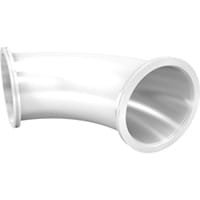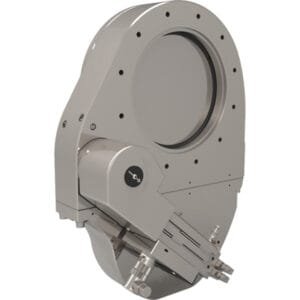90° ISO-K HV Radius Elbows
90° ISO-K HV Radius Elbows are high-precision components designed for high-vacuum (HV) and ultra-high-vacuum (UHV) systems, ensuring smooth directional changes while maintaining vacuum integrity. These elbows are commonly used in semiconductor processing, research laboratories, and industrial vacuum applications.
Key Features
Material: Manufactured from high-quality stainless steel (304L or 316L) for excellent corrosion resistance and durability.
Optimized Bend Radius: Reduces turbulence and pressure loss, ensuring smooth flow within vacuum and gas transport systems.
ISO-K Flange Compatibility: Designed to integrate seamlessly with ISO-K flanges, providing easy assembly and disassembly.
Leak-Tight Welded Construction: Ensures minimal outgassing and high structural strength, making it ideal for HV/UHV applications.
Standard and Custom Sizes: Available in various diameters, thicknesses, and configurations to suit specific system requirements.
Applications
Vacuum Systems: Used in HV/UHV chambers, semiconductor fabrication, and thin film deposition.
Research & Laboratory Equipment: Applied in particle accelerators, space simulation chambers, and material science experiments.
Industrial Piping: Used in high-purity gas transport and chemical processing industries.
Aerospace & Defense: Critical for advanced vacuum applications in space and defense research.
Why Choose TFM’s 90° ISO-K HV Radius Elbows?
Designed for high-vacuum applications
Superior corrosion resistance and long service life
Precision manufacturing for leak-tight performance
Custom options available upon request





Reviews
There are no reviews yet.